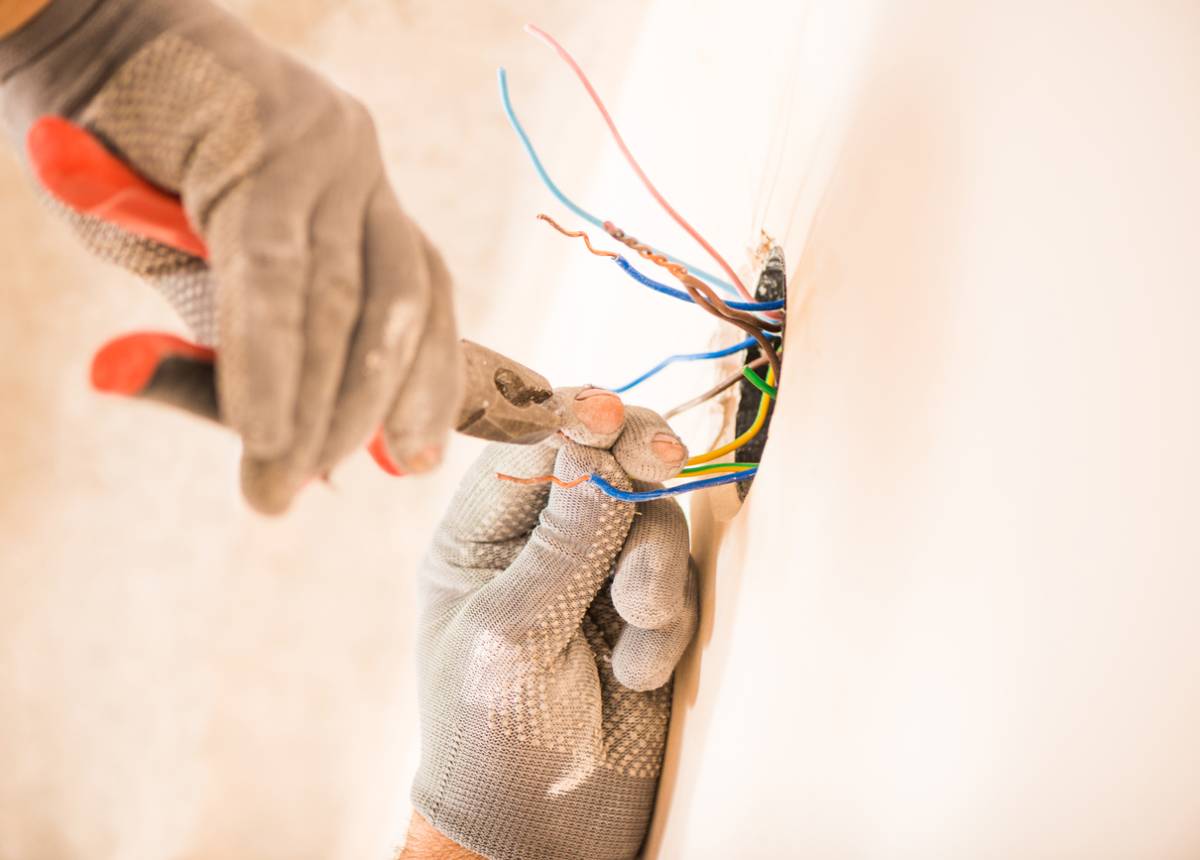DIY electrical projects can be risky if you don’t know what you are doing. It’s always beneficial to contact a skilled electrician before taking on any project on your own. Below you will find the top 10 common DIY electrical mistakes.
10 Common DIY Electrical Mistakes
Consider the following to avoid common electrical mistakes.
Unprotected Plastic-Sheathed Cables:
Leaving a plastic-sheathed cable unprotected is a major electrical mistake. When left exposed between framing members, the plastic-sheathed cable is easy to damage. Protection is necessary as your cables can be especially vulnerable. Leave these things to the professionals, as it can save you time and money in the long run.
Lack of Support:
Electrical DIY projects can be unsafe. A common mistake involves poor support for outlets and switches. Loosely connected outlets can easily move and loosen the terminals. This creates a serious potential for a fire hazard as they can easily overheat. In addition to being unsafe, they are also an eyesore. Avoid DIY electrical projects due to the risk to your safety and the safety of your home.
No Grounding Wire:
For those who have two-slot outlets, avoid using three-slot outlets for a replacement. Installing a three-slot receptacle without a ground wire. While you may want an outlet that accommodates three-prong plugs, this is not a good idea without taking certain steps. Work with a professional electrician near you Pico Rivera on projects like this for optimal safety.
Connections Outside Electrical Boxes:
Making connections outside electrical boxes is a major DIY electrical mistake. It’s a hard rule that you should never connect wires outside of an electrical box. This is because electrical boxes protect the connections. Without this, there is a high risk of unintended damage. Electrical boxes can also contain sparks and heat if there is a loose connection or short circuit.
Cutting Wires Short:
Not only can cutting wires cause issues with your connection, it can also be dangerous. Avoid cutting wires too short, as it is a common electrical mistake among non-professionals. Wires should have at least 3 spare inches to ensure they are long enough not to cause issues.
Exposed Material:
Recessing electrical boxes behind the surface of your wall can cause serious issues. Electrical boxes can be a fire hazard if they are recessed behind certain materials. Materials, such as wood, are combustible and present a serious fire hazard. Wood exposed to heat and sparks can cause serious damage to your home. Avoid this mistake by contacting a professional electrician skilled in residential electrician services.
Small Electrical Box:
An electrical box that is too small can be a huge DIY mistake. This is because too many wires in a box that cannot accommodate them can cause serious issues. Things like overheating can cause damage to your electrical system. However, it can also cause short circuits and a fire if left unaddressed for too long. A skilled electrician can help provide you with guidance on how large of an electrical box you need.
No Clamps:
Installing a cable without a clamp is problematic. Unsecured cable can put a strain on your connections. This is true for both metal and plastic boxes. Missing clamps in metal boxes can cut the wire insulation. Larger plastic boxes also need built-in clamps. You may be able to get away with no clams in smaller plastic boxes. However, it’s important to consult with a professional before making the decision.
Reversing Wires:
Reversing hot and neutral wires can be fatal. It is critical to understand the terminals you are connecting before you actually connect them. Without doing this, you run the risk of lethal shock.
Outdated Wiring:
Certain wires are highly protective. In fact, ground fault circuit interrupters (“GFCI”) outlets protect you from lethal shock. Avoid wiring a GFCI backward, and understand the terminals you are using in advance. This can protect you from harm and your home from damage.

